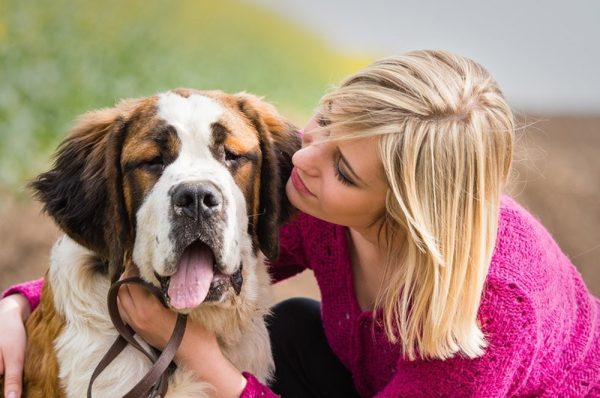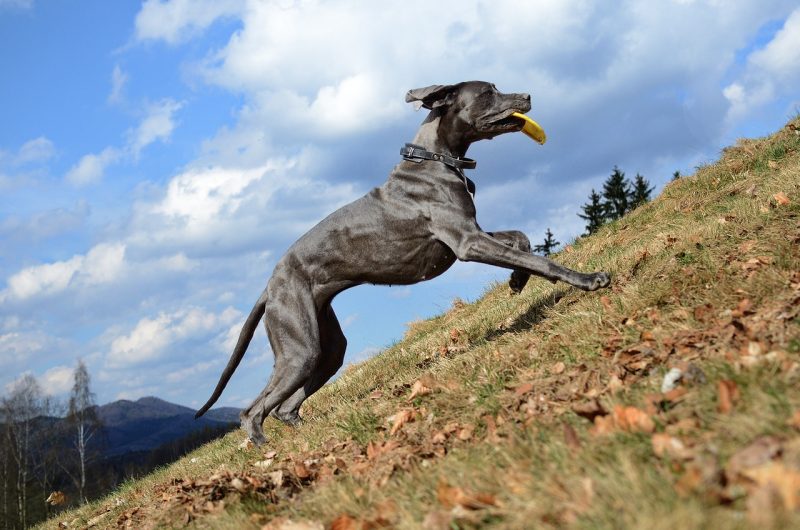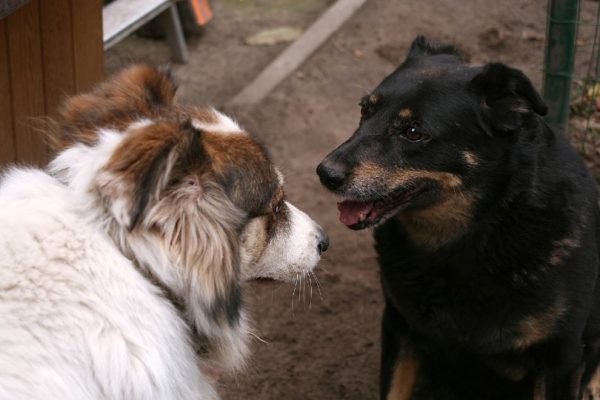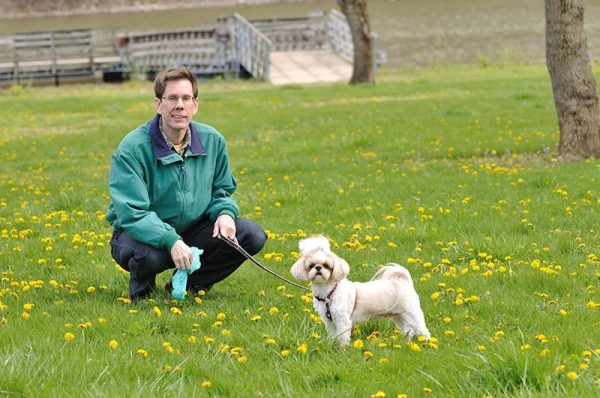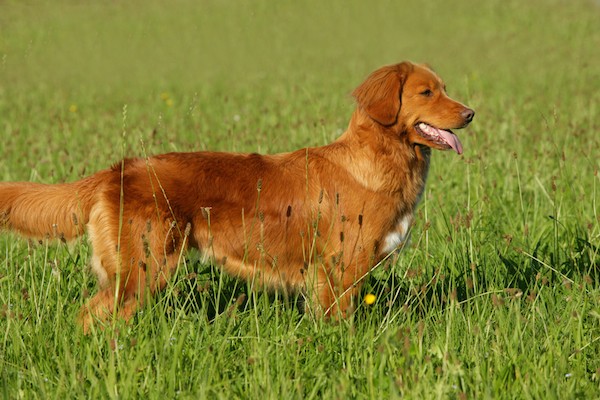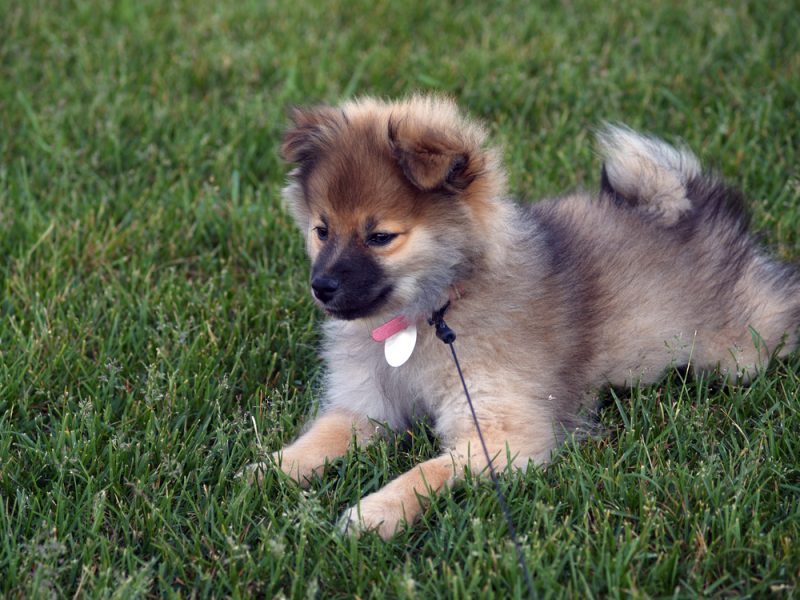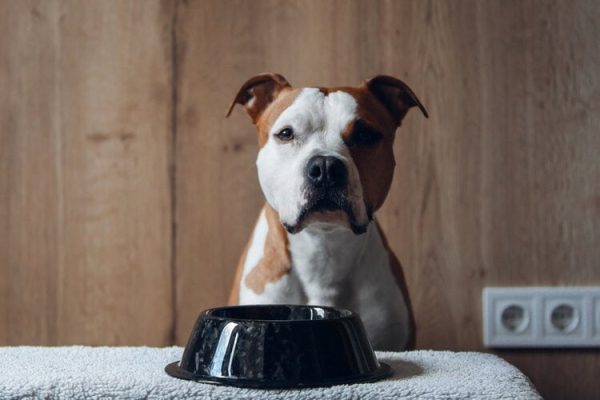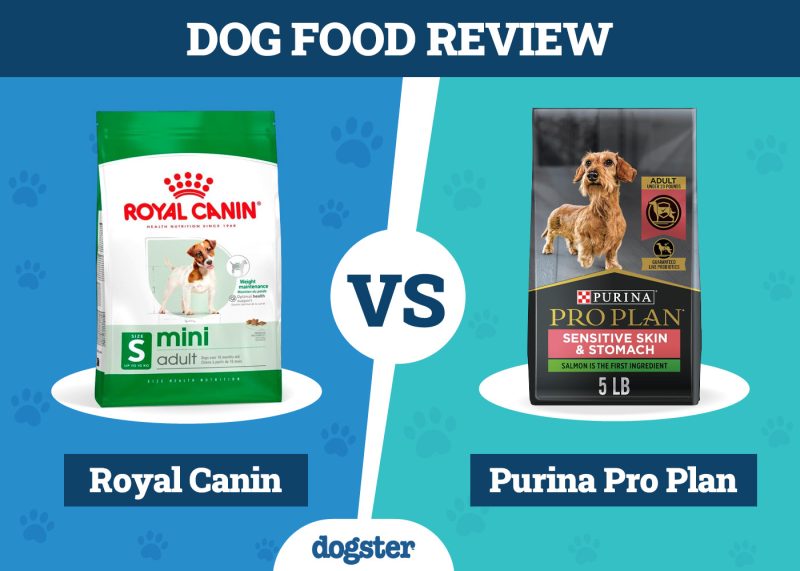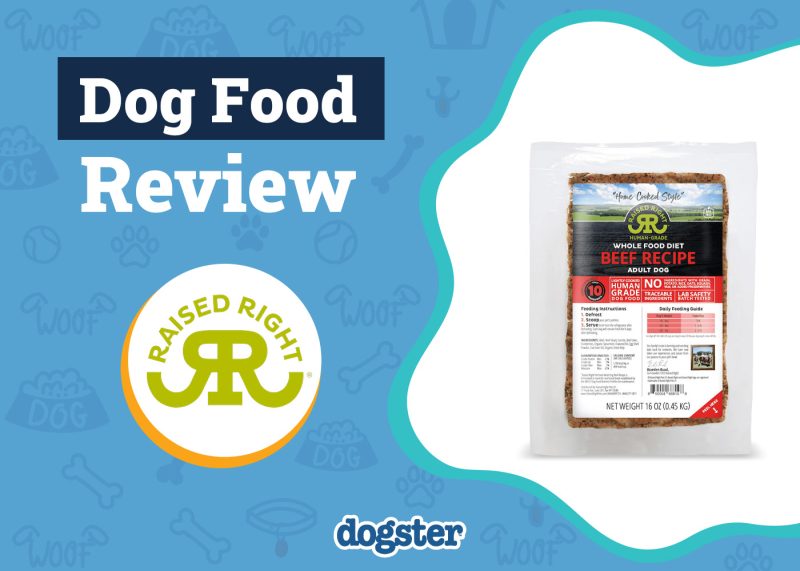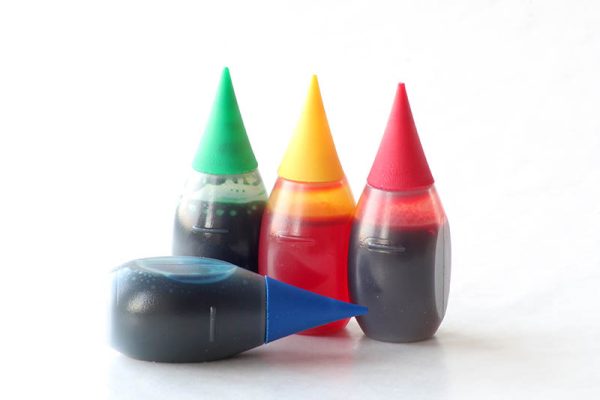In this article
View 3 More +Beagles are cute, inquisitive, and love to bellow. With how cuddly these adorable dogs are, many people forget that they were originally bred for hunting. With hunting and tracking as part of their impressive background, it only makes sense that they can pick up scents from far distances. But just how far can a beagle smell? On a good day, your beagle can most likely pick up scents from 50 to 500 yards away! This is an impressive feat for such a small dog. Let’s take a look at beagles, their incredible noses, and why they are the 2nd most impressive sniffer in the dog world.

A Bit About the Beagle
Beagles are little dogs with big hearts. They are great with kids, love their owners, and could spend the day playing away. These amazing dogs were originally bred as scent hounds. This means they are used to letting their noses lead the way. As hunting partners, beagles were most often used for small games like rabbits and foxes. While they may be considered family dogs in most cases, that doesn’t mean they aren’t still taken to the field to help their owners when the hunt is on.
These dogs first emerged in the 16th century. Wealthy English hunters were known to own packs of dogs to help them while on the trail of game. The beagle was the smallest of these hounds. This also made them ideal for flushing. Flushing is when the dog would run into the brush and chase the prey out, giving their owners a chance to hunt. While their amazing noses made them famous for their hunting prowess, their loving and loyal natures helped them find their way into the hearts and homes of animal lovers around the world.

The Nose Knows
How is your beagle able to smell up to 500 yards on a good day? Their special noses of course. A beagle’s nose is only second to the bloodhound when it comes to sniffing out and tracking a scent equal to that of a German Shepherd. These small dogs have 225 million receptors in their nose that make them truly special when it comes to catching a scent. That is 45 times the amount of smell receptors we humans have and far more than most dogs in the animal world.
We’ve all felt a dog’s cold, wet nose pressed against us. That cute nose is the beagle’s primary weapon when it comes to tracking a scent. Each time your beagle sniffs, molecules in the air are trapped in the moisture of their nose. Once inside, pockets hold onto them, keeping them from being exhaled. Then, nerve impulses connect the scent captured with the animal’s olfactory lobe, which processes scent information inside the brain. This highly developed lobe helps beagles catch the scent and keep it for quite some time.
Other Parts that Play a Role
Yes, the nose is the most important when it comes to a beagle and their ability to smell, but other parts of their bodies help things along. Let’s take a look at how it all works together below.
- Neck – When looking at a beagle, you may notice that its neck is sturdy and long. This shape makes it easier for these dogs to drop their heads and sniff the ground. When your beagle is out exploring, you may notice its nose is always sniffing the ground, or up sniffing the air. Their curiosity always has them on the lookout for scents, which their neck helps them locate.
- Legs – Sure, legs aren’t normally important when it comes to smell, but for a beagle, they’re just as important as their neck. Having short legs is another tool that helps beagles keep their nose to the ground when tracking a scent.
- Ears – Yes, even the floppy ears help when it comes to tracking a scent. When a beagle has their head on the ground, investigating a scent, the floppy ears we all adore capture scents and pull them close to the beagle’s nose.
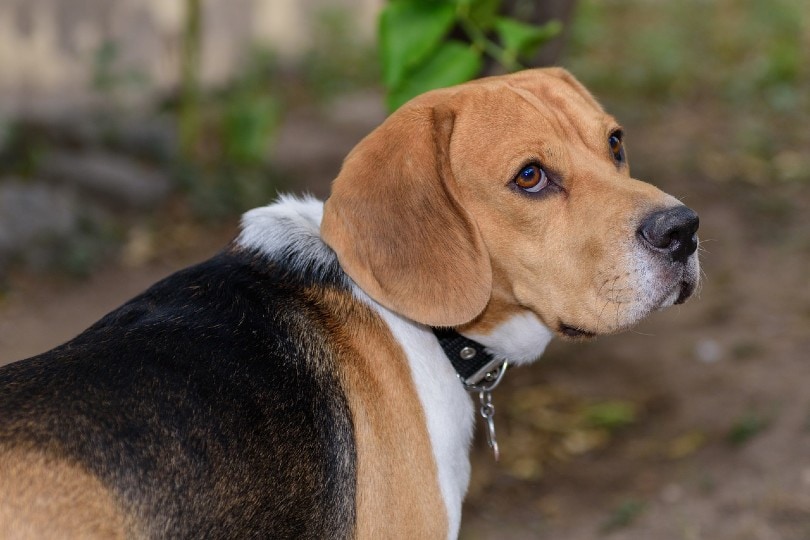

The Role Environment Plays
We mentioned that beagles can pick up scents of nearly 500 yards on a good day. What exactly does a good day mean? How much does the environment affect a beagle’s nose? The answer to that is simple. Certain environmental factors can make it easier for your beagle to pick up scents at distances. But on the flip side, some factors can make it more difficult for your pup. Let’s take a look.
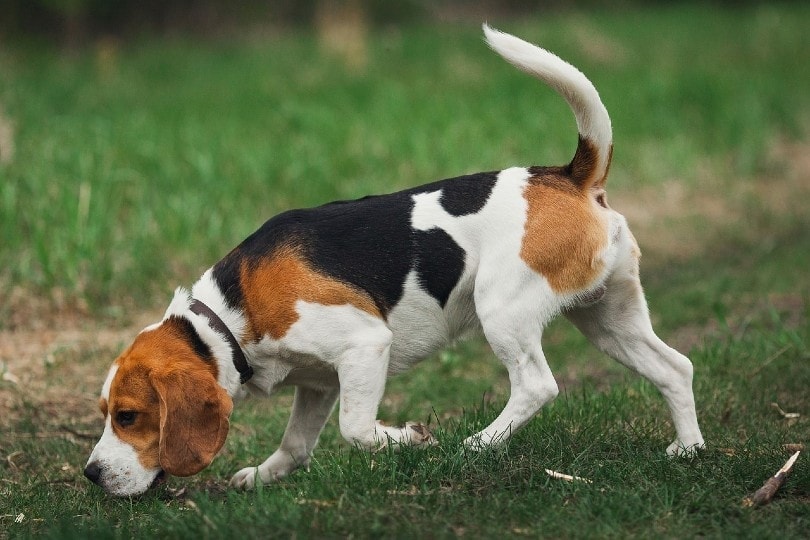
1. Humidity
Remember when we mentioned that a beagle’s wet nose trapped scents and kept them? If the air outside is humid, this odor trapping is intensified. This allows the dog to get a better understanding of the scent and how to follow it.
2. Cold Air
When things outside get chilly, the scent molecules in the air become denser. This increases the concentration of smell in the air and makes it easier for your dog to catch onto them. Unfortunately, if it gets too cold, your beagle’s sense of smell will struggle due to the molecules freezing and not being recognized by the dog.
3. Wind
This one is almost self-explanatory. According to where the scent your dog is trying to track is located, the wind can play a major role. If your dog is moving upwind, smells can be caught in the air and brought to your pet. If the wind just happens to blow in the other direction, it would be the same but help to keep the scent from your pet.

Final Thoughts
As you can see, beagles have amazing noses. These little dogs were bred to use them and enjoy doing so in their everyday lives. If you take your beagle out for a walk and notice their nose in the air, let them enjoy it. Smelling, tracking, and picking up on scents as far as 500 yards away is in their DNA. Simply let them explore and enjoy the gifts they naturally have.
Featured Image Credit: nastya-korenkova, Pexels


